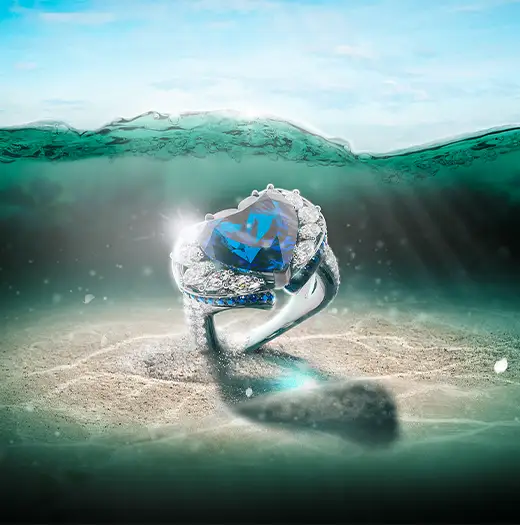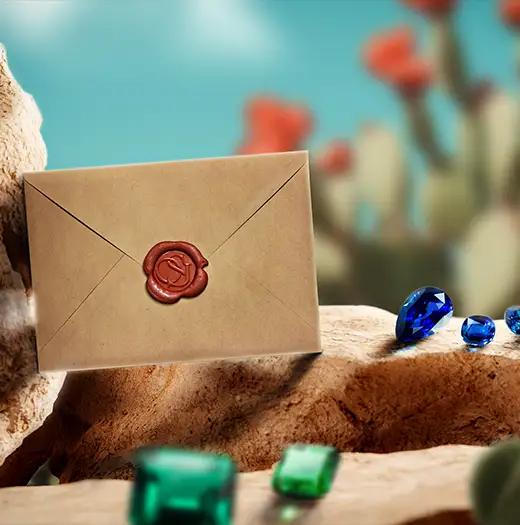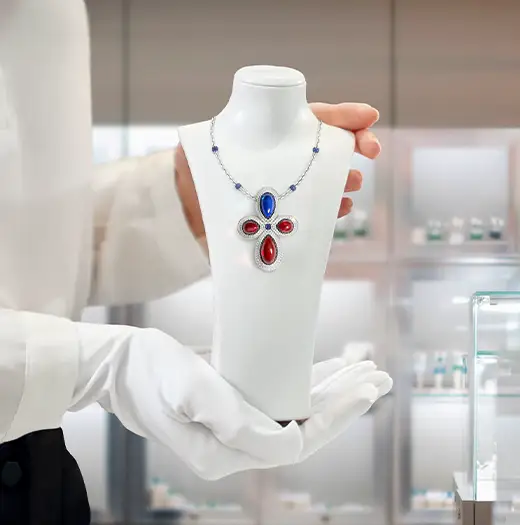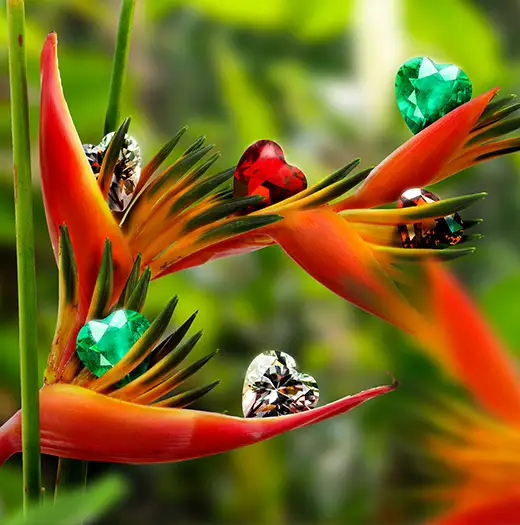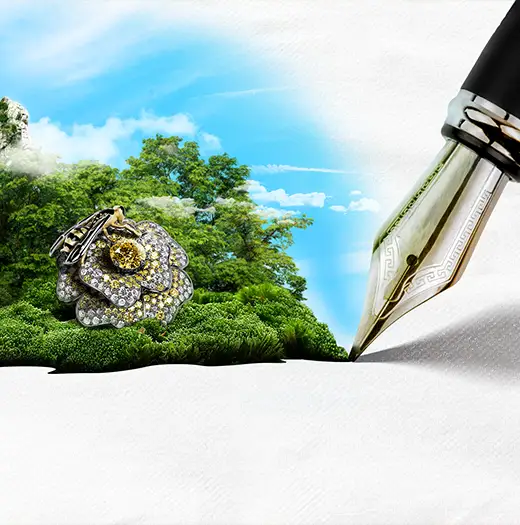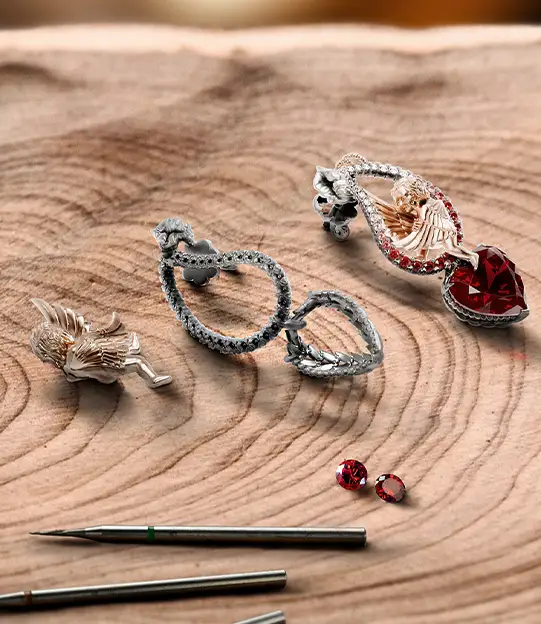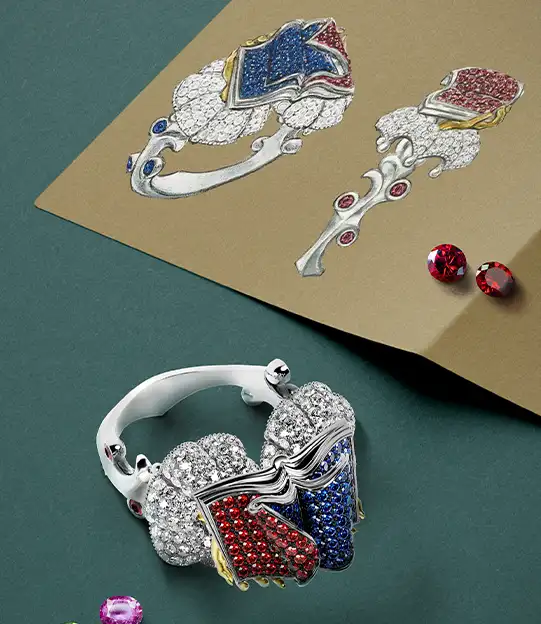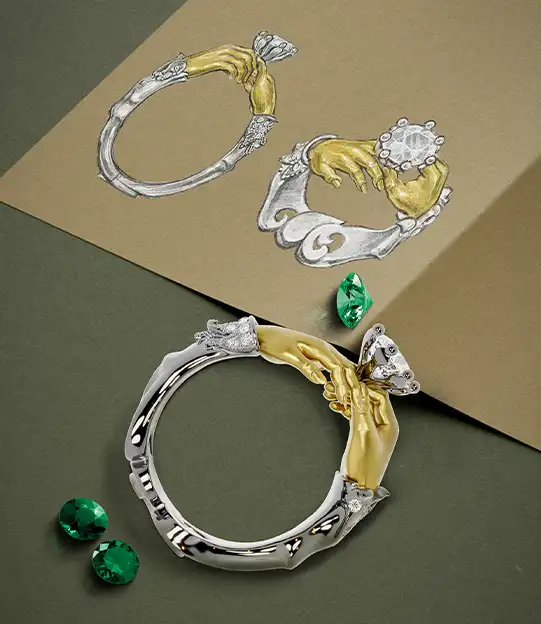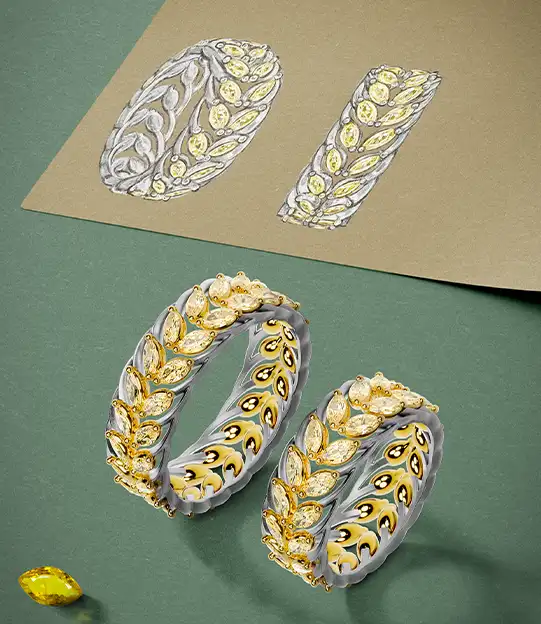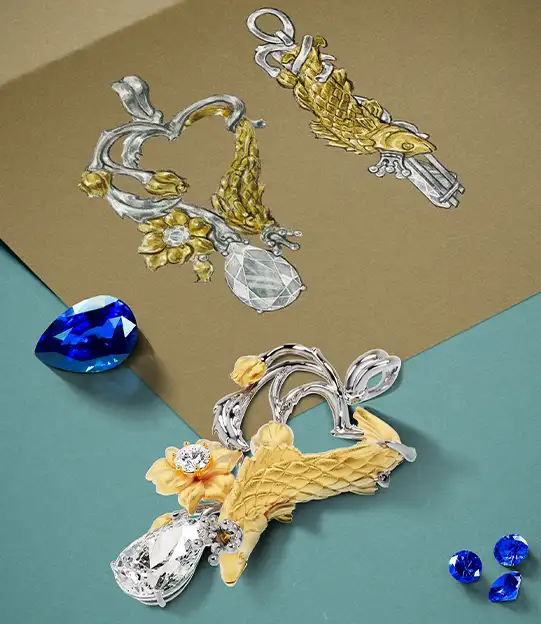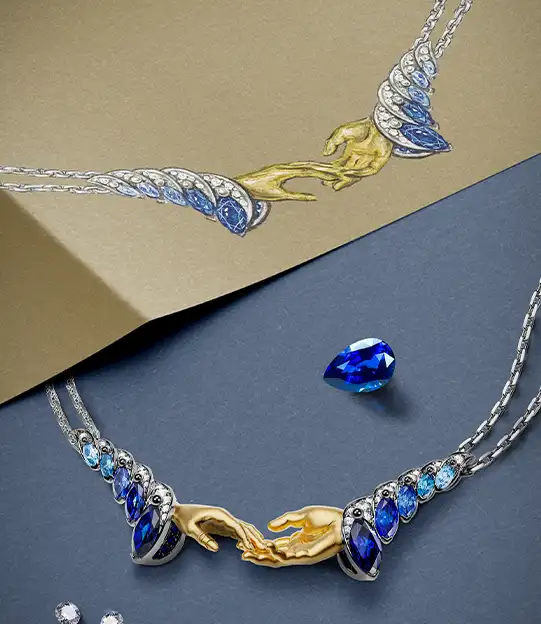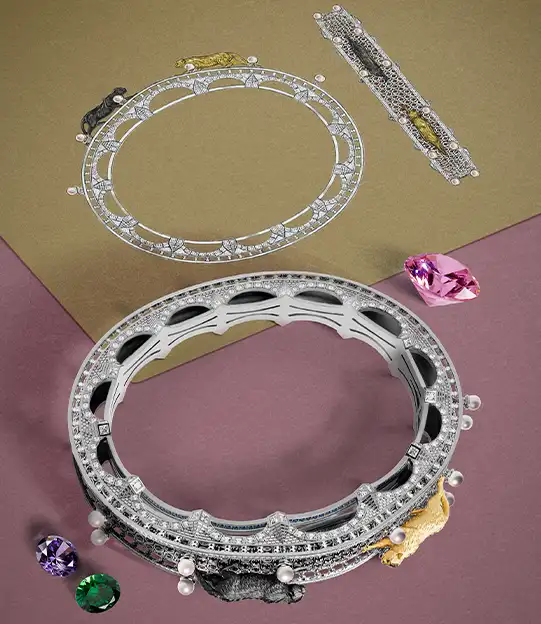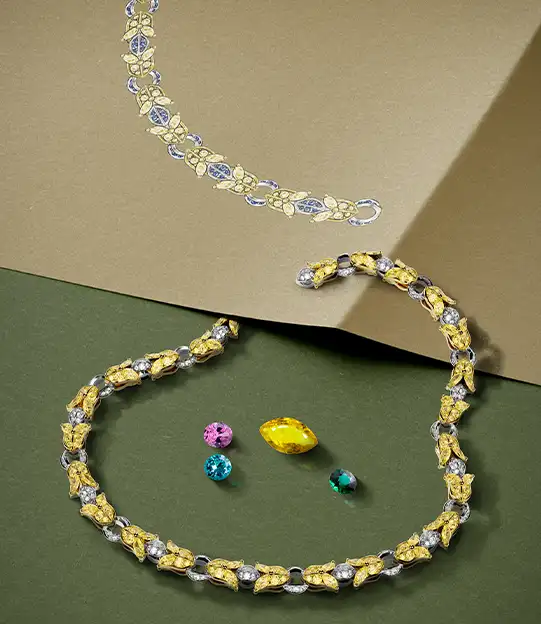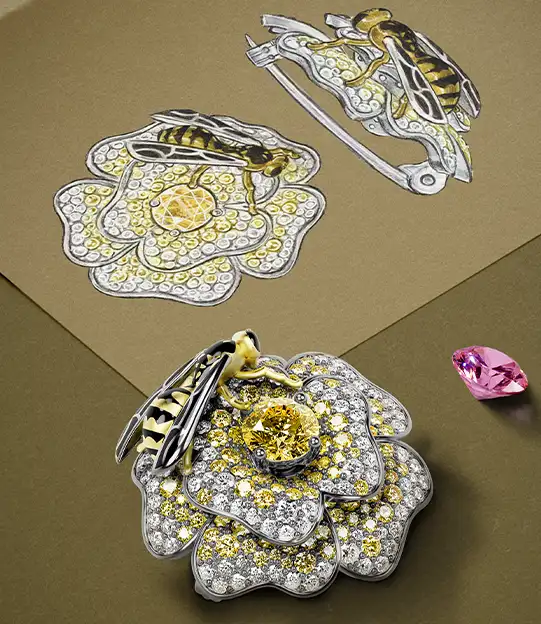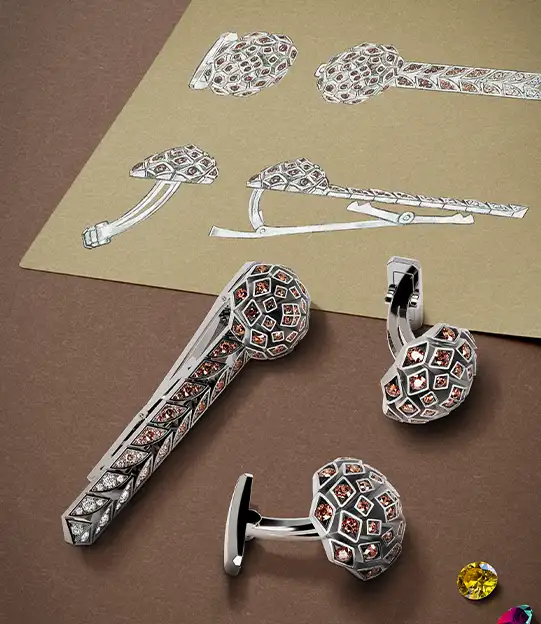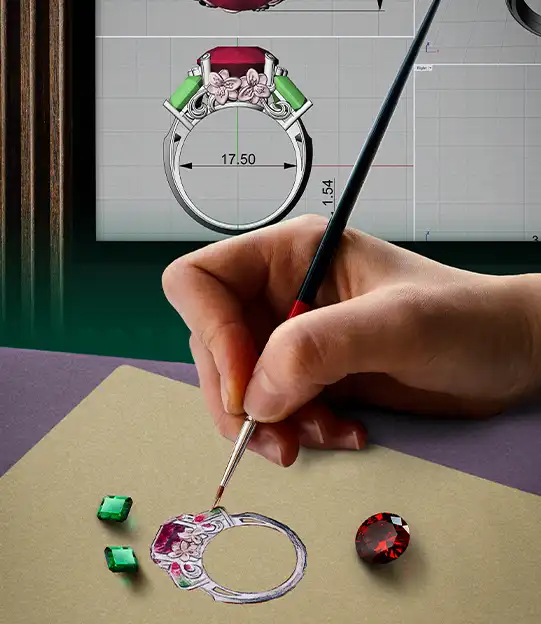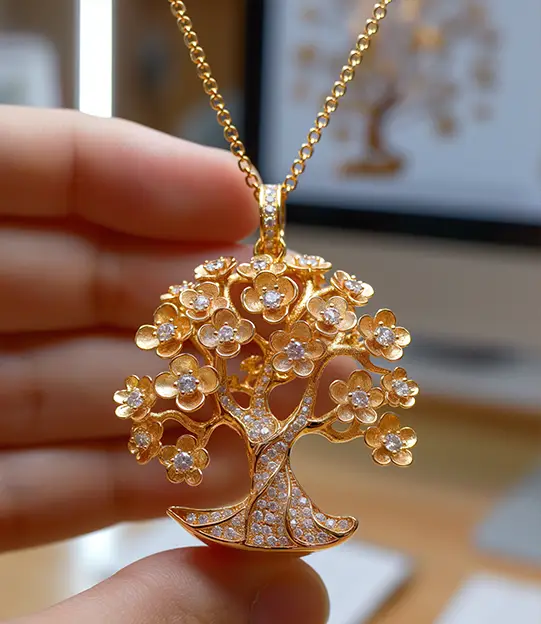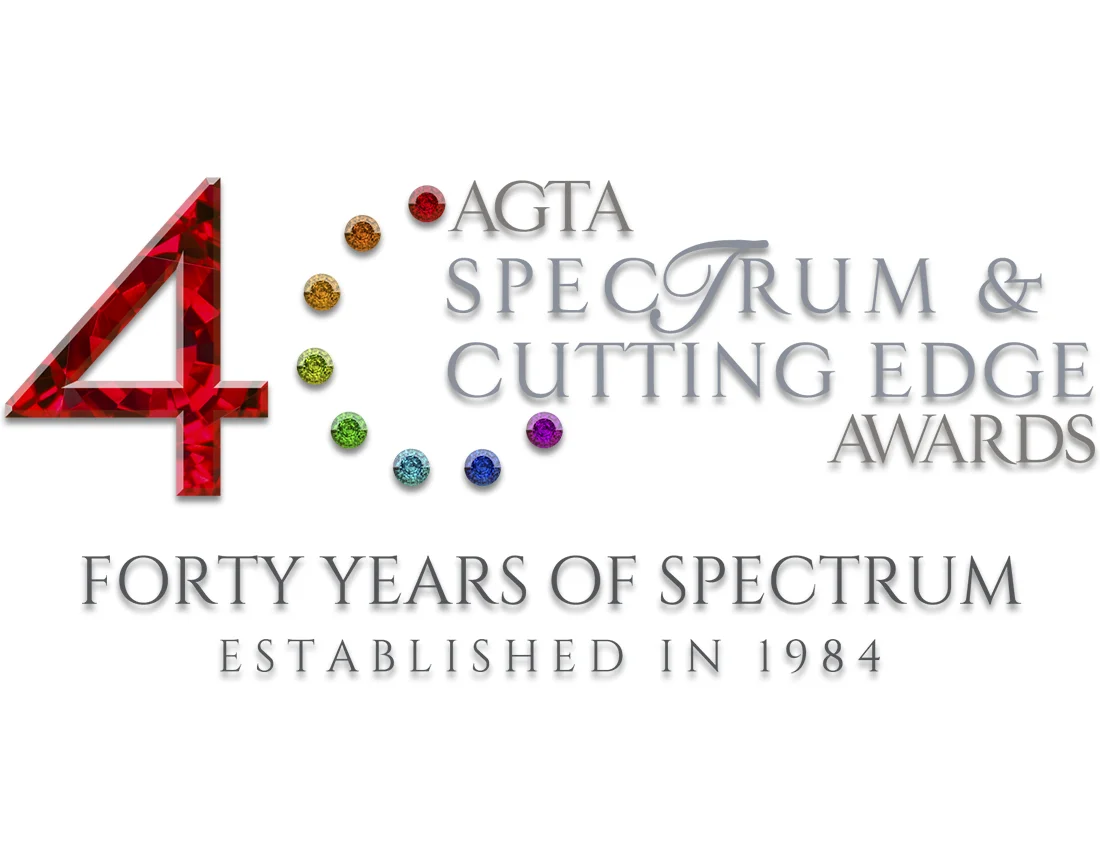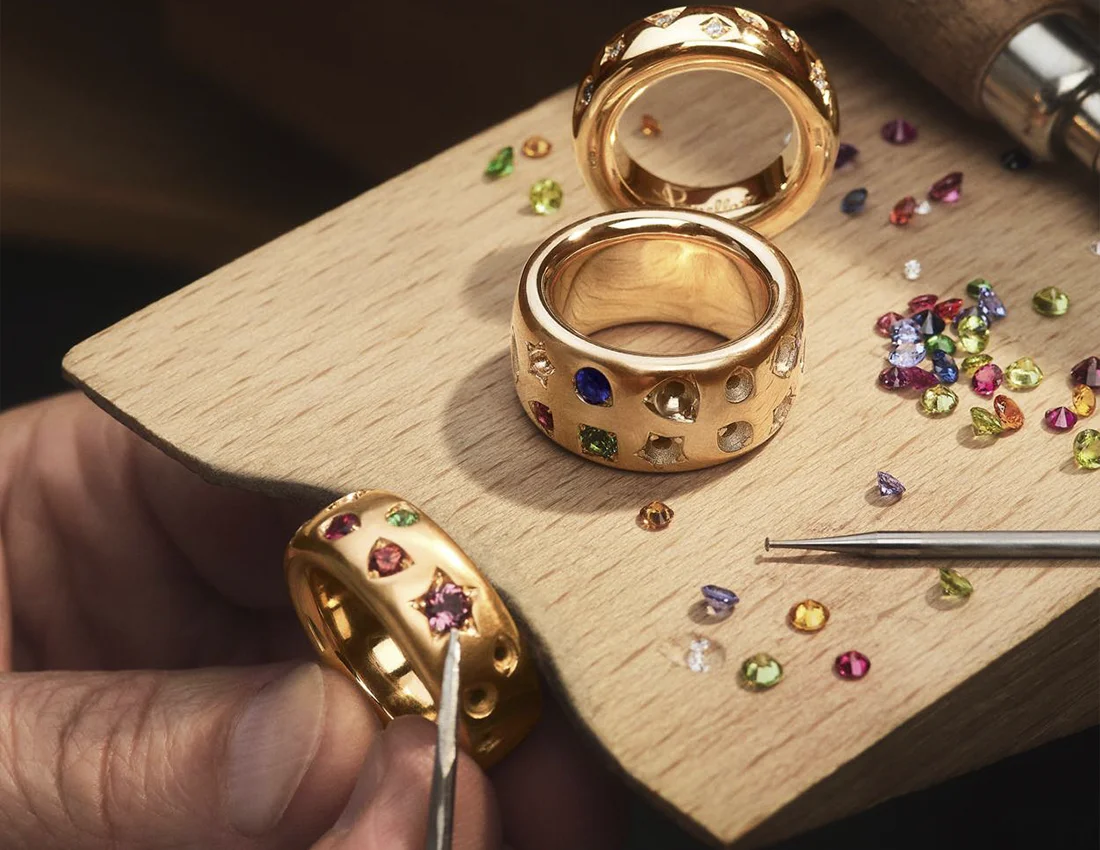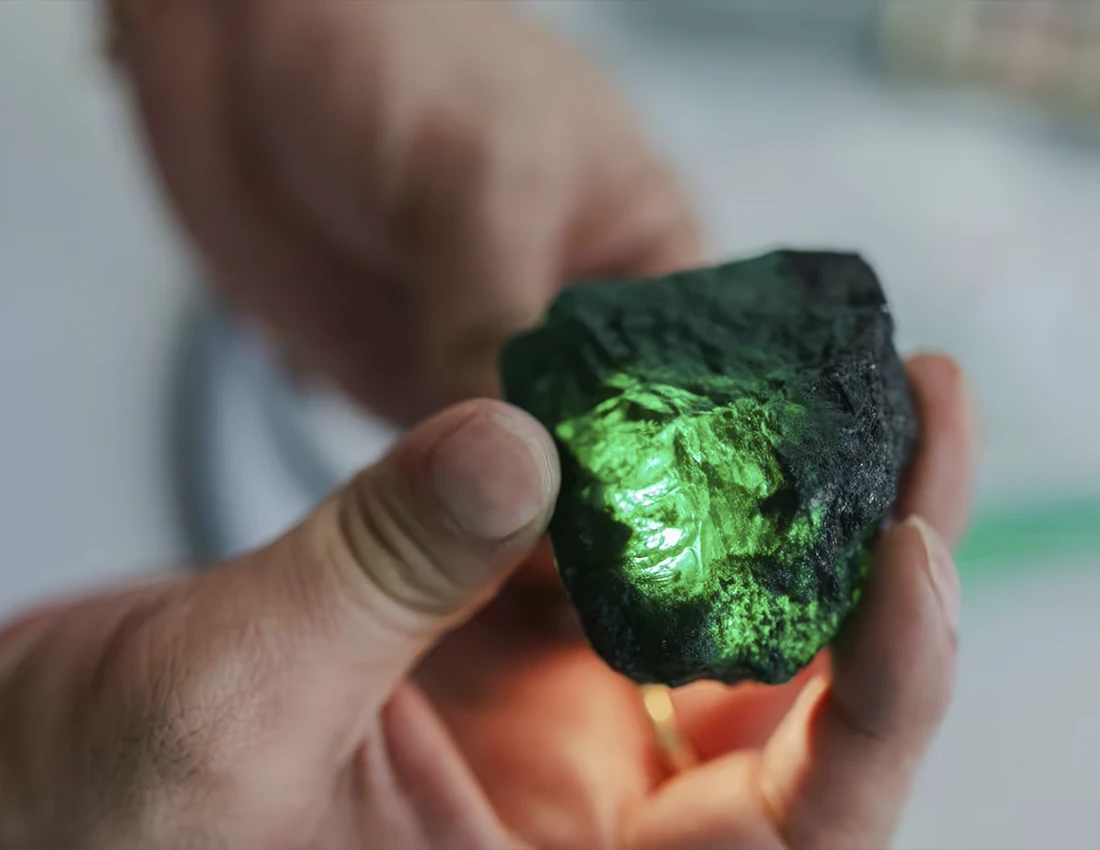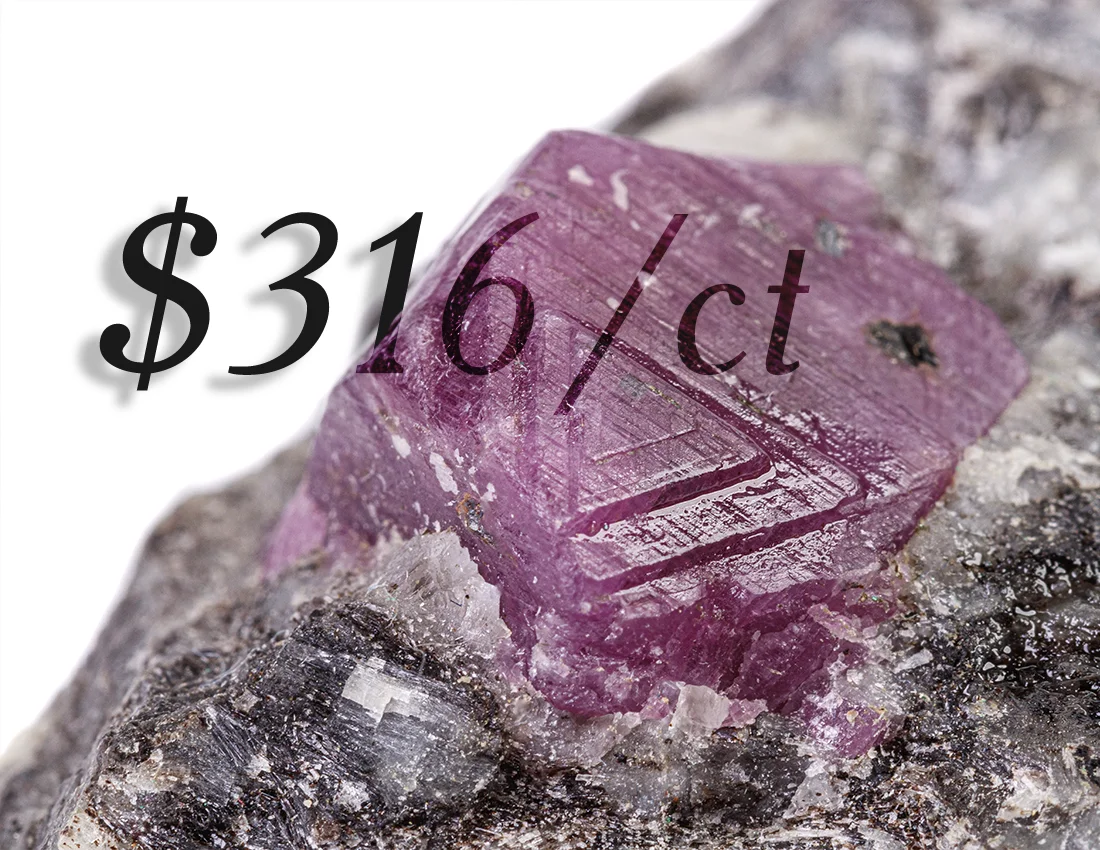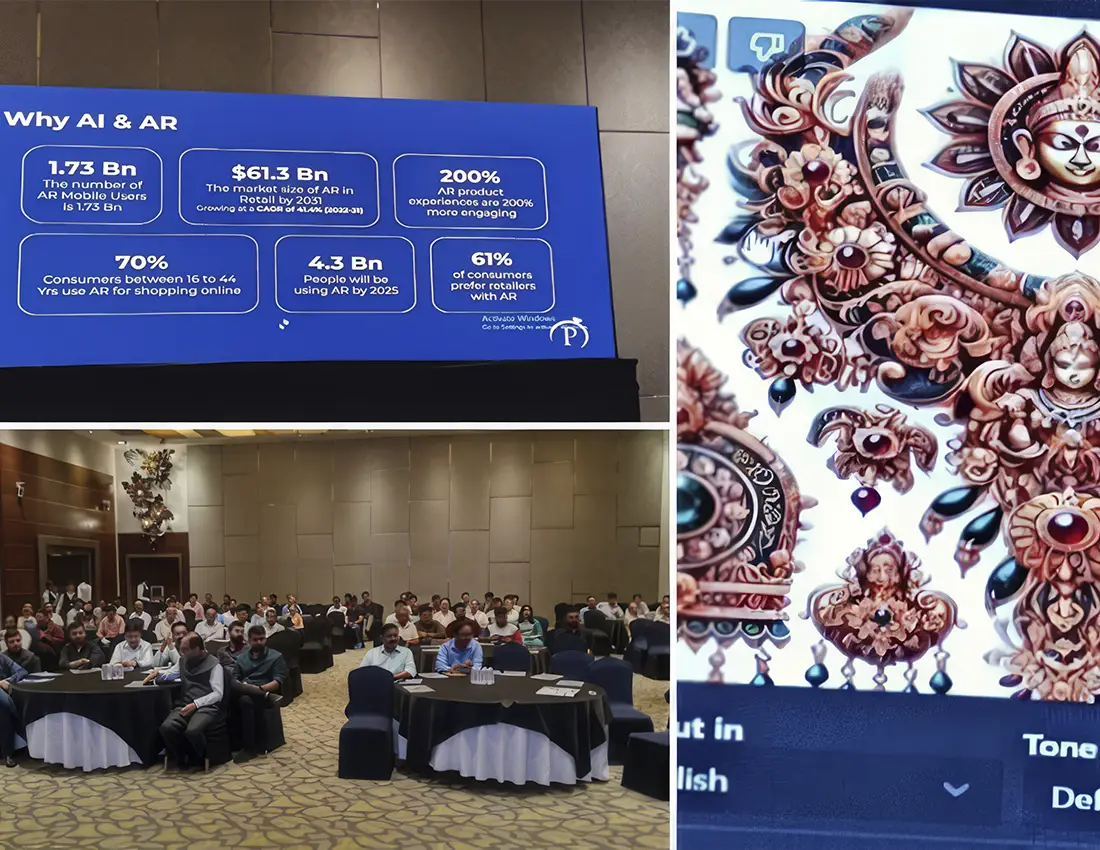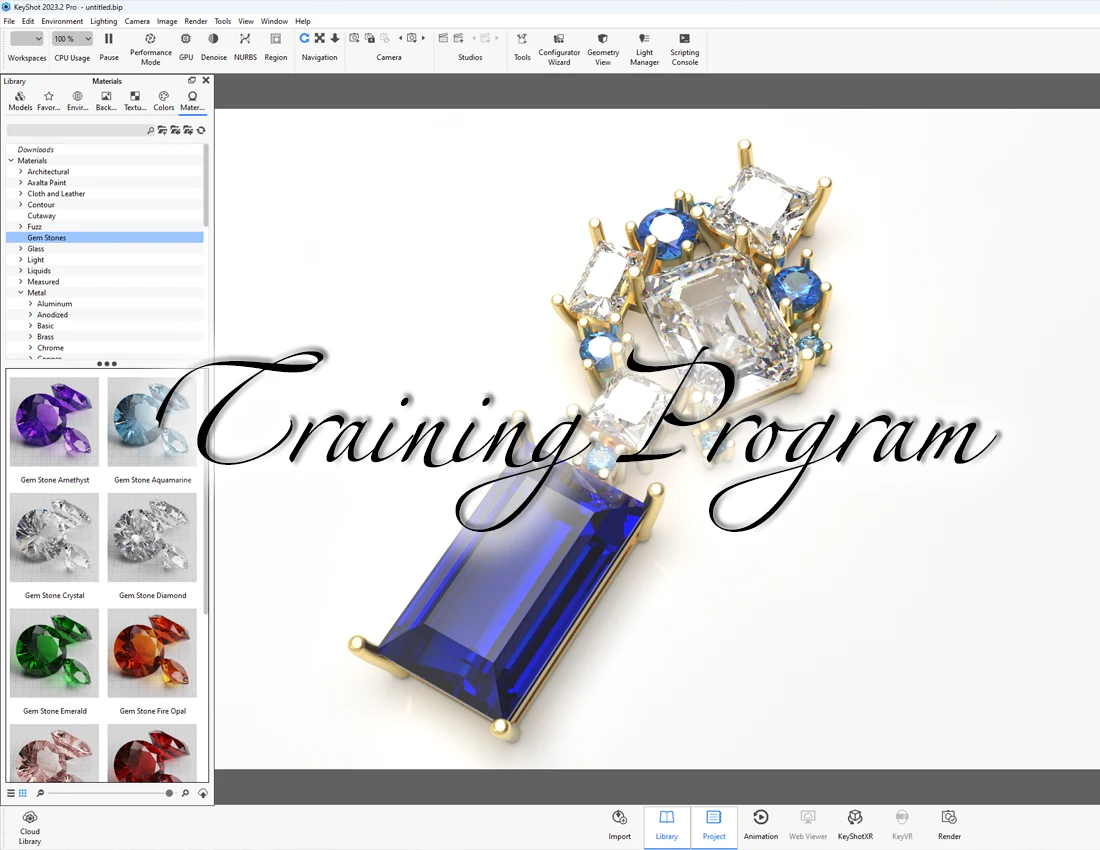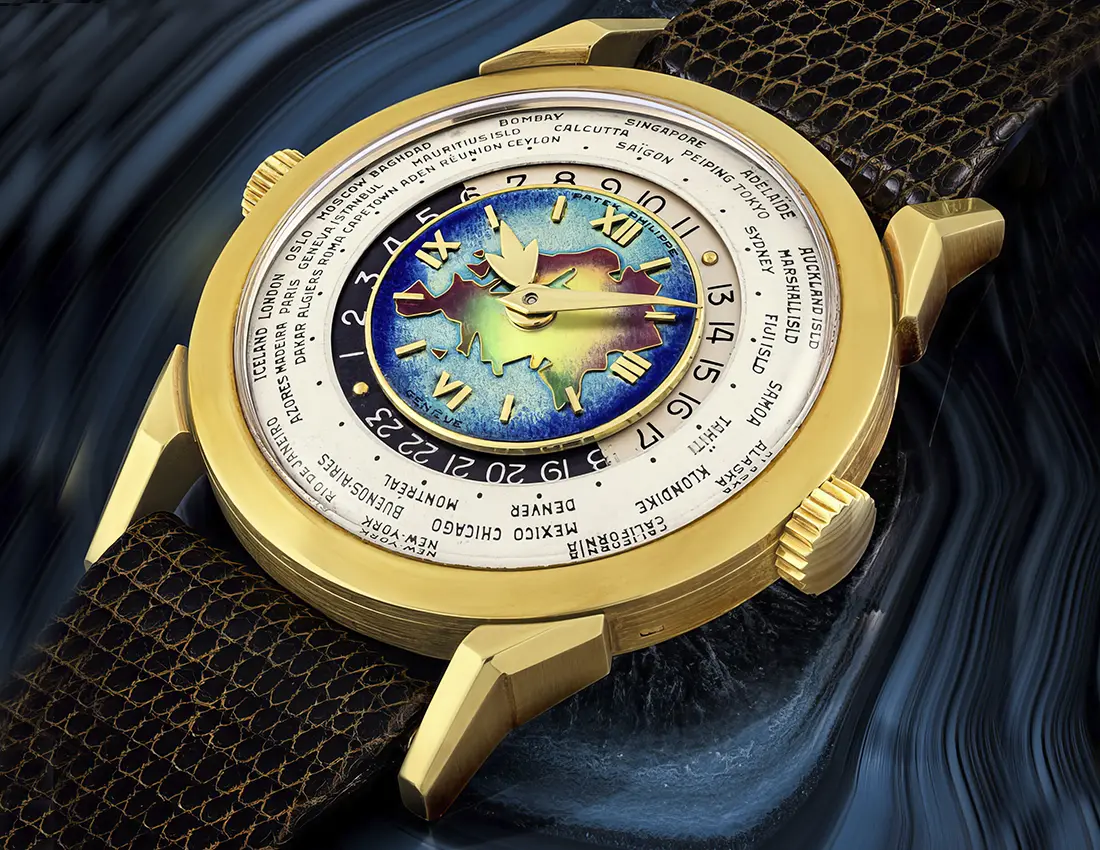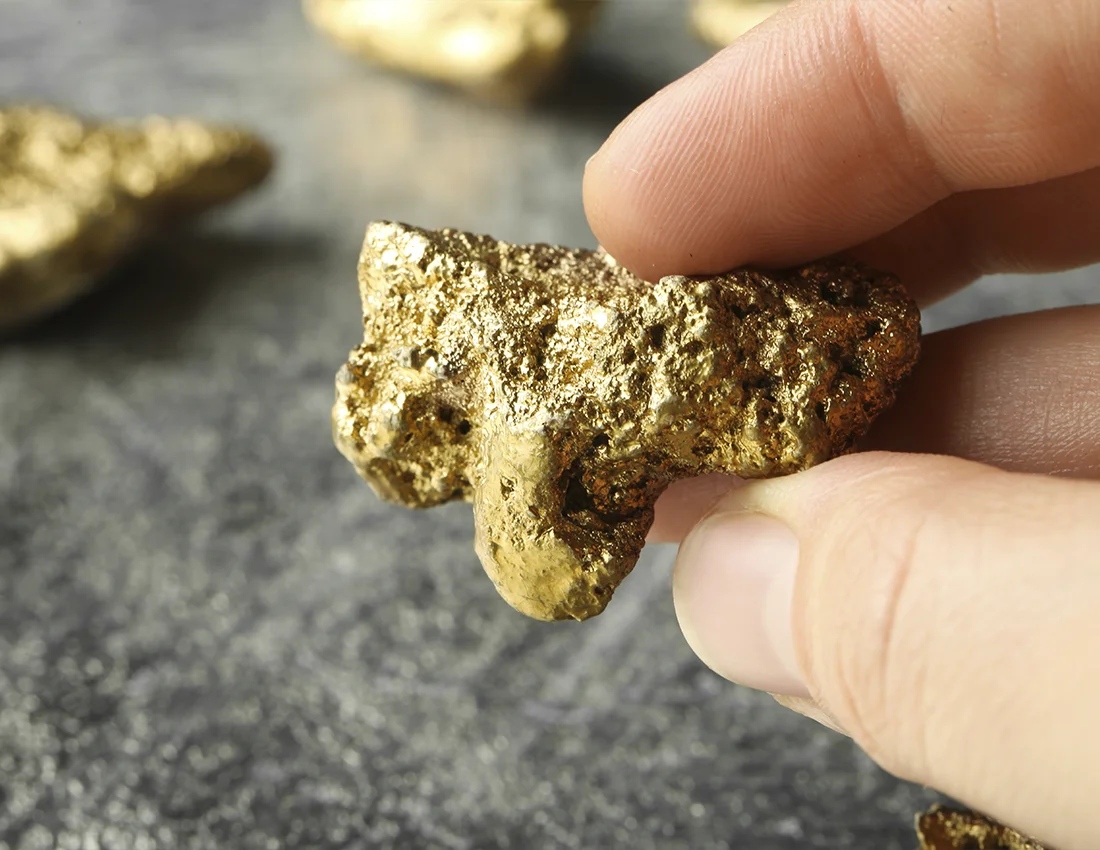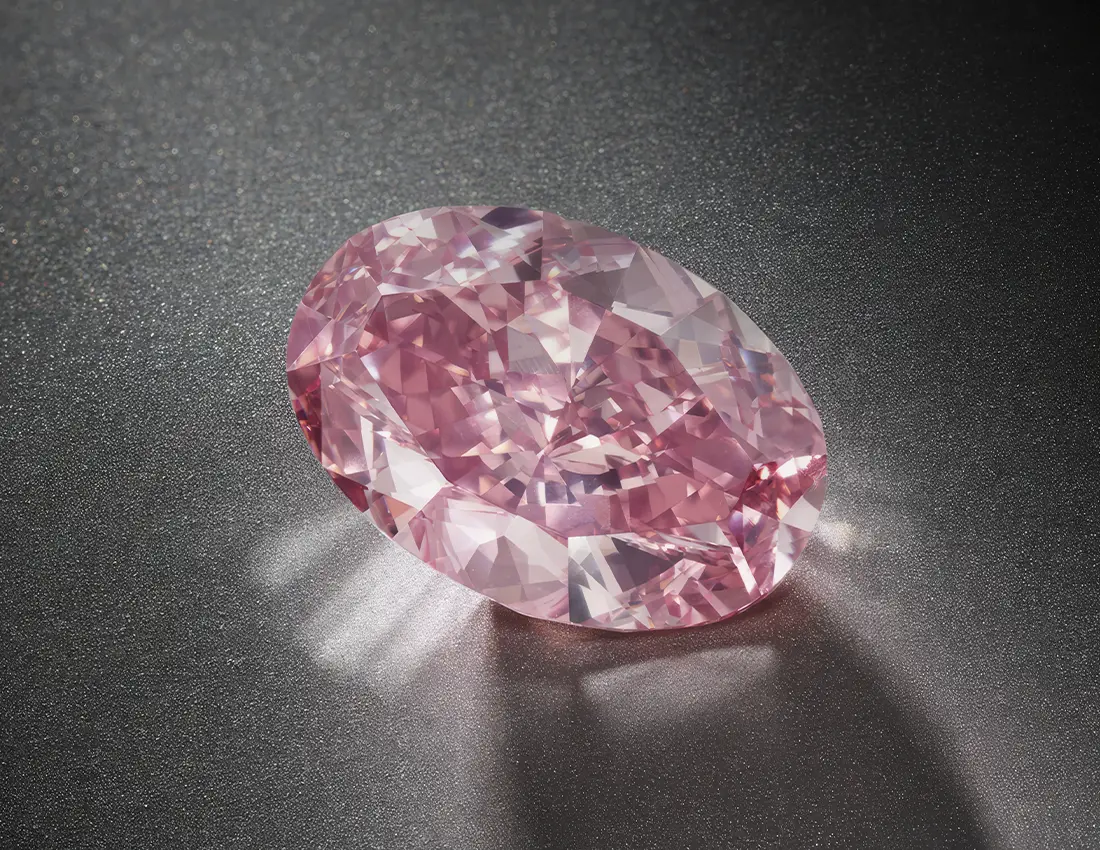Currently, experts in the growing industrial sector are discussing a promising discovery made by a group of scientists at the Institute for Basic Science in South Korea. Lab-grown diamonds are produced approximately within a week using high pressure and diamond seeds; the new method doesn’t require any of it and is much faster – it only takes about 2 hours and 30 minutes. However, at this early stage of the research, it is unknown whether this technique will influence the market for lab-grown diamond jewelry.
But specialists from other fields keep their fingers crossed and hope to benefit from this method, for example, by using diamonds to create large-area diamond substrates for electronic applications. Stephen Goodnick, an electrical engineer at Arizona State University, sees this research as one that can bring new possibilities, like making larger single crystals.
Entrepreneurs who are engaged in the production of lab-grown diamonds actively participate in scientific discussions due to the interest they have in this development. Bob Basnett, CEO of Plasmability, from Austin, Texas, is interested in the process itself from a professional point of view. Also, after exploring the available information on the method, he says that at this stage, it is not about gems, but researchers “are making polycrystalline diamonds in very thin layers.”
Meihui Wang, a scientist who is engaged in product development, said in the statement, “This synthesized diamond with silicon-vacancy color centers may find applications in magnetic sensing and quantum computing.”
Rodney S. Ruoff, director of the Institute for Basic Science’s Center for Multidimensional Carbon Materials, says that the study is a fundamental science and requires more time and research; thus, he can’t state 100% that this scientific development will revolutionize gem production. According to the paper published in Nature, one of the most influential scientific journals in the world, the team of scientists was able to grow polycrystalline diamond at low pressure, using gallium, iron, nickel, a graphite crucible, and silicon, which is the most critical component of all. While high-pressure, high-temperature, and chemical vapor deposition need diamond seed for production, this technology can revolutionize diamond manufacturing because it uses completely different principles.


